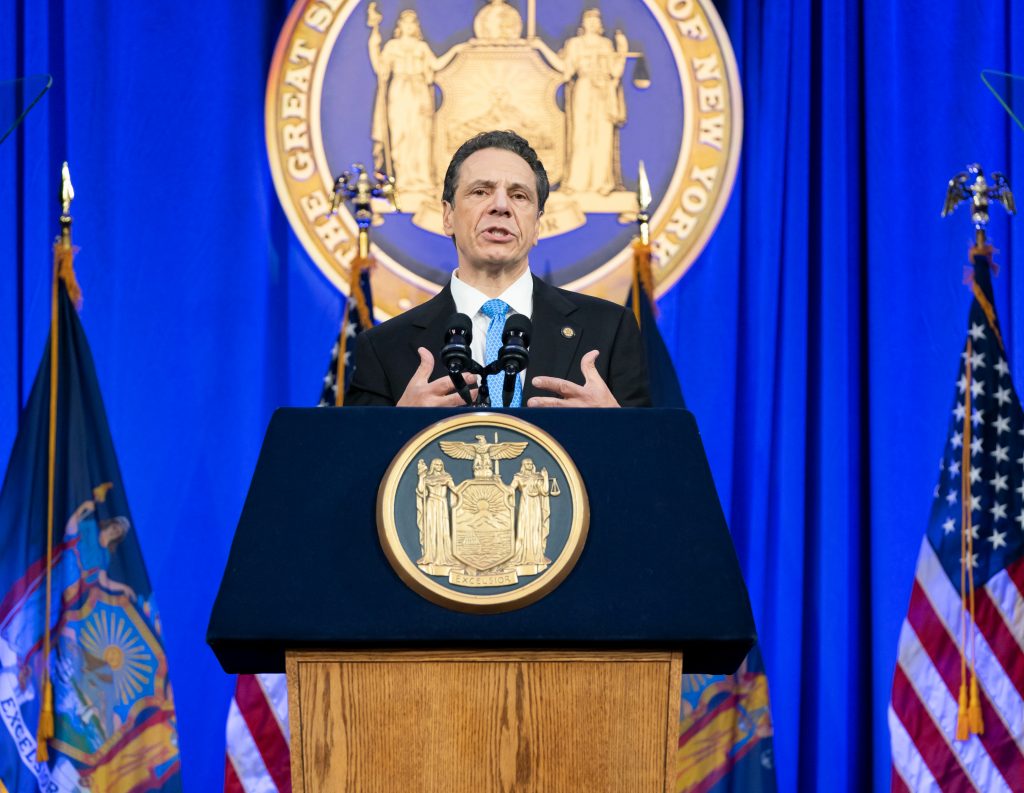The state of New York has recently made some very impressive and important changes to our long outdated voting system, finally putting us in the same lane as 37 other states. Gov. Andrew Cuomo and New York Democrats made headway by passing bills that allow early voting, preregistration for minors, voting by mail and limits on campaign finance. To the average person, these bills may seem boring and insignificant. However, these new bills are going to benefit a large majority of voters. The problem is, no one is talking about them.
Voting, in general, is notorious for being a long, confusing and painstaking process. The 2016 election was one of the most controversial, publicized and highly anticipated elections in recent history, yet voter turnout in New York came at a mere 57 percent. This may seem like a large percentage, but compared to the rest of the country, and considering New York is ranked fourth in the United States in registered voters, this number isn’t good at all. Strict and early registration deadlines, the inability to vote early, excuse-only absentee voting and two different primary dates have all contributed this unfortunate statistic.
According to the Pew Research Center, 4 percent of registered voters didn’t vote in the 2016 election due to “registration problems,” 14 percent didn’t vote due to busy schedules and 8 percent could not vote absentee. These problems affect our own community at Binghamton University. Election Day is the first Tuesday of November. According to Pipe Dream, 52 percent of English classes and 51 percent of biology classes are scheduled for Tuesdays and Thursdays, despite the 45 percent cap. During the fall 2018 semester, 1,000 classes had been scheduled for Tuesdays. Students who live off campus would have to find even more time in their already busy schedules to vote. Students who choose to vote at home would have to go through the absentee process, which requires information and resources that aren’t always so readily available. All of this goes about making young adults (ages 18-29) the least likely to vote out of all other age groups, a situation that hasn’t been helped by previous voting laws.
Early voting now eliminates the rush to the polls or the inability to vote due to scheduling issues. Registration for minors could raise voter turnout, as teenagers would no longer have to remember to register once they turn 18 on top of everything else, and registering to vote could be facilitated by high schools and colleges.
New York has taken huge strides to improve our incredibly flawed voting system, but there is still much that needs to be done. Same-day registration has the potential to increase voter turnout dramatically. There is currently no funding to facilitate early voting. Enough money would need to be in every county’s budget to keep the polls open for nine days prior to the election. It is fundamental we advocate for these things to happen, and we can do so by calling our representatives, by joining local lobbying groups and actually talking about voting. It is 2019 and millions of eligible voters still do not vote. Our voting system is gradually being fixed, but we can do better.
Arianna Reyes is a freshman double-majoring in political science and economics.



